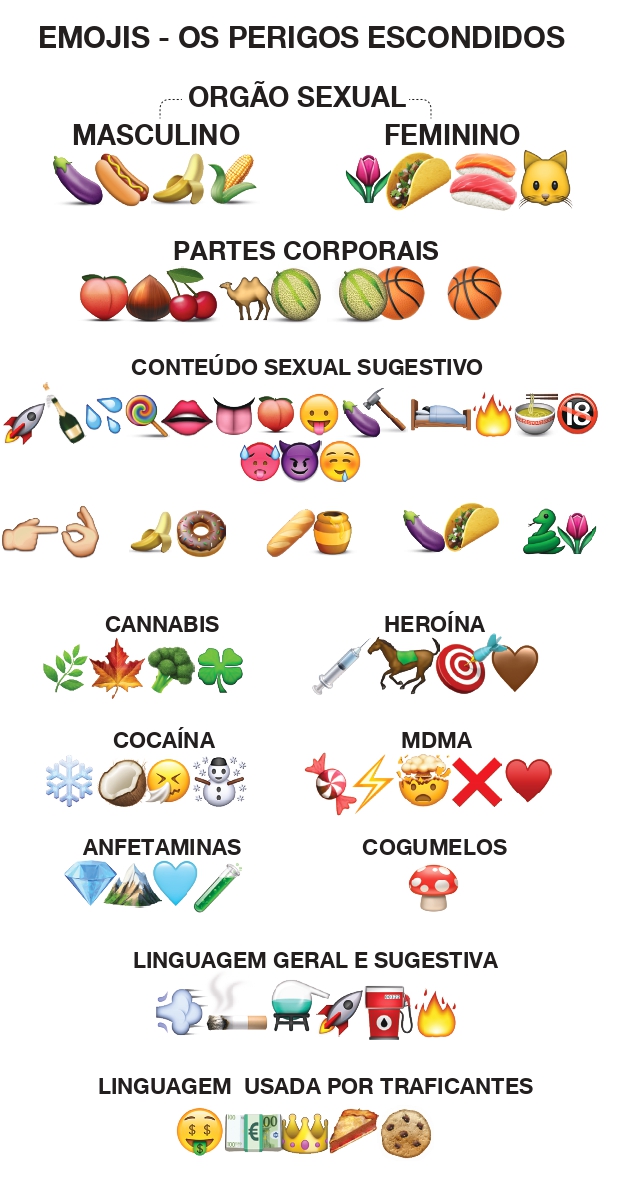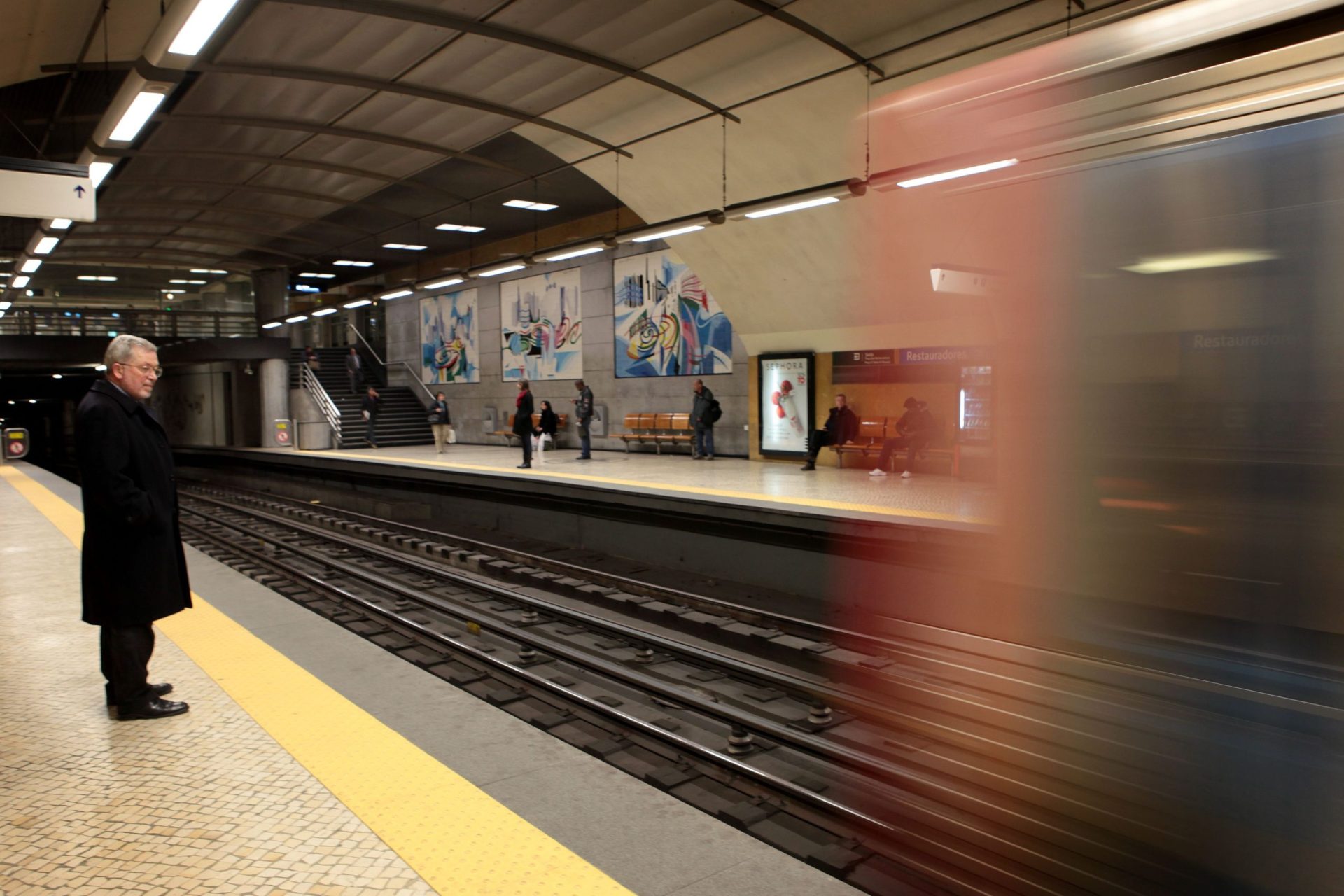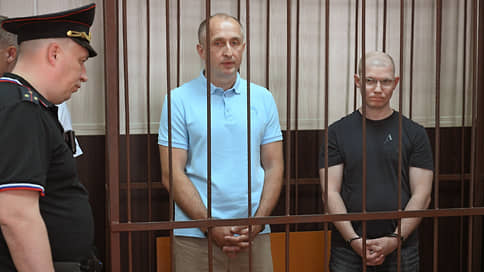Emojis. The hidden meaning of the dolls we share

Many parents have no idea of emojis meanings that children share in the conversations they have in digital. They may only seem “small harmless dolls”, even quite childish. But no. Often emojis have a hidden meaning. And when knowing them, it will be much easier to understand the conversations that teenagers have today. Symbology can be sexual or drug -related. And so the Public Security Police (PSP) created a guide to translate them.
In this sense, he resorted to social networks to do what he called a “parents alert”, who posed the question: “Do you know the double meaning of emojis?”. Sexting and drugs were the deciphered subjects. It is recalled that the term sexting results from the words Fri (sex) and textting (SMS) and means the exchange of erotic messages with or without photos via mobile phone, chats or social networks.
Sex
For example, a eggplant, a hot dog, a maçaroca or a banana may mean anything but what they represent. In fact, warns PSP, serve to designate the « male sexual organ », while the feminine is represented by « a flower, a club (Mexican food), a sushi or a cat. »
The PSP also identifies the emojis that aims to represent body parts, such as basketball balls, peaches, a pair of cherries, a camel, or two meloas.
When referring to explicit sexual content, young people use, for example, drops of water, mouths, tongues, hammers, the symbol of fire, the “little devil” emoji, “faces” with drool in the mouth, among others. There are other combinations such as: a eggplant and a club, a snake and a flower, a banana and a donut or a baguette and a jar of honey.
« Despite conversations of sexual content among young people, from a certain age, they can be part of growth, PSP calls for special care when using this type of language (emojis) in dialogue with strangers in chats, meetings, online gaming platforms, among others, » this security force wrote. The younger ones, continues, not knowing those who are on the other side of the screen, may be dialogue with someone older who wants to gain their trust and eventually mark face -to -face grooming meetings. « Parents and young people should be aware of this double meaning of emojis, as they may be in the face of a situation of sexual enticement, » he adds.
Drug trafficking and consumption
Already the symbols used to describe drug trafficking or consumption range from leaves, branches and broccoli to refer to cannabis; Syringes, horses, brown hearts, targets (arrow games) to refer to heroin; snowflakes and dolls, coconuts or emoji with a scarf of paper to refer to cocaine; Blue diamonds, snow mountains, blue hearts, test tubes can mean amphetamines (synthetic drugs that stimulate the nervous system, causing a sense of well-being and increased disposition) and the mushroom emoji refers to hallucinogenic mushrooms. The heart or red X, the face with a brain wrapped in smoke, the radius or candy symbol are used to represent the MDMA (amphetamine with stimulating and hallucinogenic effects known as ecstasy).
And there are symbols used by traffickers: the pack of notes, a cracker, a slice of pie, the king crown, or the face with sirloins in the eyes and tongue.
The PSP also highlights the emojis that refer to “general and suggestive language”: the symbol of the rocket, an burning cigarette, gasoline pump or a still (proper equipment for distillation).
« Although this reality is (still) unusual among the school community, » says PSP, « parents must be aware of the double meaning of the use of certain emojis, as they may be connoted to conversations related to drug use/trafficking. » The security force also ensures that it is aware of this phenomenon, although it is a “still unusual reality among the school community” in Portugal. It also appeals to the denunciation of any kind of crime that they are aware, « in a school context or in any other type of environment, as a victim or witness. »






